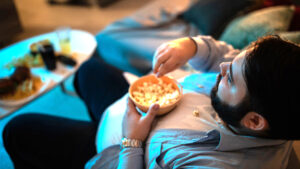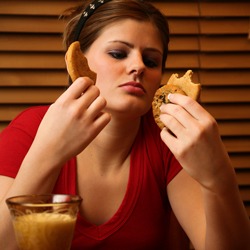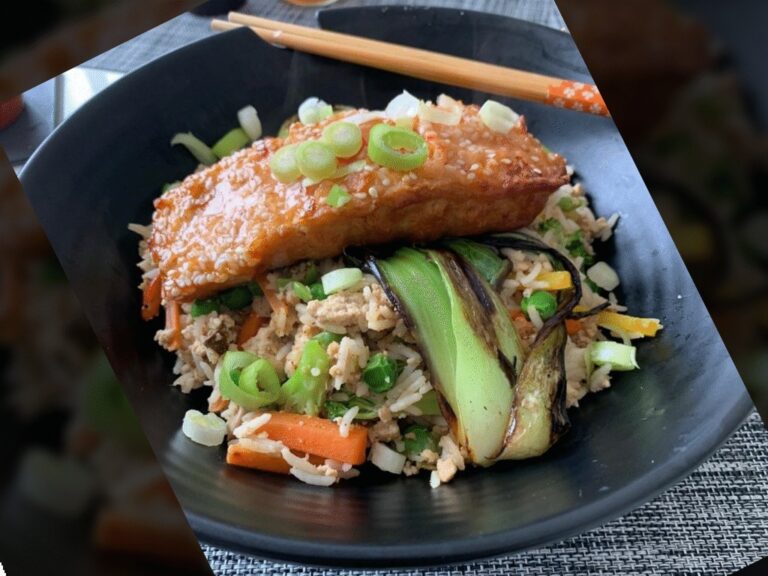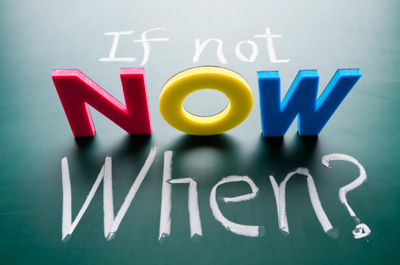To understand what drives us to continue doing something, including actions that we would like to stop doing, it is important to understand that our brains respond to stimuli and when we are talking about addictive behaviour, we are referring to the way our brains are responding to certain stimuli. So, If you want to change a response, such as reaching for the biscuits whenever you feel upset, for example, it is necessary to consciously develop a new reaction to the feeling of being upset.
To do this effectively and meaningfully it is important to understand how our neural pathways are created in the brain; if a person behaves or responds to certain situations, emotions or events in the same manner over a long period of time, eventually that person builds a neural pathway so that when the activating stimulation presents itself again, the brain automatically returns to that response, because this is now an unconscious reaction. This is how behaviour is formed and this is how addiction is formed.
It is also important to understand that we are dealing with very strong neural connections that formed in the brain over a long period of time. That’s why it seems so difficult to change things about ourselves. The stronger the neural connections, the harder it will be to create new ones that are strong enough to override the old ones. The good news however, is that the brain is malleable and can be changed. This is known as neuroplasticity which sounds more sinister than it is.
As humans, we have the unique ability to stand back and observe what is happening in our personal lives. We are not our emotions, we are not our thoughts and we are not our behaviours. We have emotions, we have thoughts, and we have behaviours and what’s more, we can actually stop to observe each of these within us.
Likewise, we are not addiction. We can have an addiction and we have the ability to observe an addiction. Once we acknowledge this and believe we have the power to consciously rewire our brain, we can begin noticing our triggers. We can identify our compulsions and urges and we can learn to override these urges by making alternative choices and taking different actions or responses to them.
There are generally four components of our addictions; doing, thinking, feeling and physiology.
DOING
This is the action you physically perform, such as opening the biscuit tin.
THINKING
These are the thoughts we have to justify our behaviour, such as “I have worked really hard today, I deserve these biscuits” or “I’ve eaten five already, one or two more won’t make a difference” or “I’ll run longer on the treadmill tomorrow to burn them off.”
FEELING
This is the emotion we get as a result of the thoughts we have just had to justify the ‘doing’. In the case above, you might feel happy or excited after having convinced yourself that what you’re about to do is okay and justified.
PHYSIOLOGY
This is the release of neurotransmitters like dopamine and serotonin. These neurochemicals are released as a consequence of the behaviour we just engaged in.
These neurotransmitters create a feeling of pleasure and gratification but we eventually build up a tolerance for them and therefore require more and more extreme behaviour to get the same neurochemical response. To explain, this means that, whereas 5 biscuits may have satisfied you enough last week, as your tolerance levels to the neurotransmitters increase, this week you may require 8 biscuits to experience the same feeling of pleasure and gratification. The more you do this, the more that neural pathway is strengthened and the stronger this pattern of behaviour becomes.
So how do we break this cycle? Most importantly it is necessary for you to acknowledge that a behaviour change is required and then it is important for you to make the decision to want to change this behaviour. For those of you who follow our blogs, you would have already seen our article on ‘6 Steps on How Create Real Change’
In acknowledging your desire to make a change, it is now important to change the components referred to above, that create the addiction. The first of which and the key element to this is to change the ‘doing’ component. If you are able to change the ‘doing’ such as opening the tin of biscuits, we subsequently change the thinking, feeling, and physiological components too. In order to do this however, it is important to be able to observe the thoughts and emotions that lead to the ‘doing’ aspect in the first place. Without this awareness, we won’t know when to change the ‘doing’ component.
Once you have recognised that when you are sad, you generally reach for the biscuits you can then become aware enough to look out for this trigger and your response to it. For example, if something happens and you suddenly feel sad, try to stand back and observe that emotion. Consider and examine it. Then instead of reaching for the biscuits, be deliberate in choosing a different reaction instead such as going for a walk or calling a friend for a chat. Making yourself a drink or turning to a calming App on your phone to use. If you change the ‘doing’ component, you will consequently change the ‘thinking’ ‘feeling’ and ‘physiological’ components, too.
By continuing to make these conscious decisions you will over time, change your neural pathways and before you realise it, a new habit is formed.
This is no easy task and it requires you to remain focused and to make conscious decisions, every day. The longer you do this, the easier it will become as new habits are formed, which in turn will become your unconscious patterns of behaviour. 
It takes a lot of effort to change yourself, but once you understand that you can literally train your brain to react differently you can change your neurochemical makeup and new pathways can be created until they become automatic. In that moment after you have the urge to open the biscuits and right before that behaviour is initiated, you have the ability to redirect your attention and choose a different behaviour. It is a good idea to choose ahead of time what that reaction will be so that you are prepared when the moment arrives and choose a behaviour that is realistic for you to do in that moment. The more you do this, the more you strengthen the new neural pathways and the more the old ones weaken.
Every time you practice this new behaviour, you are giving your mind the awareness of the new experience and the old pathways leading to your previous, self-destructive behaviour are diminishing.
It is not easy, it can be frustrating and it does take time so it is fundamentally important for you to be patient, persevere and most importantly, be kind to yourself.



























